What if the AI you rely on every day has a hidden worldview — one it doesn’t even know it has?
Recently, I took a course on LinkedIn about generative AI to better understand what it actually is. I confirmed something I had already suspected — it operates with a particular worldview, asserting its perspective with complete confidence while failing to recognise that it has a philosophical outlook. Yes, I’m talking about ChatGPT and similar AI models.
One aspect that stood out to me during the course was how the underlying worldview of AI developers shapes the models we interact with. Generative AI is trained on vast datasets, which inherently carry the biases and perspectives of the cultures and societies that produced them. This raises significant questions about the neutrality of AI outputs and the potential consequences of perpetuating certain ideologies. By understanding these biases, we can better navigate the limitations of AI and its philosophical implications.
AI and Human Relationships
I also appreciated how the educator discussed using AI for work and productivity — many of the techniques mentioned were things I was already applying. However, what really made me reflect was a short Bloomberg documentary about AI and relationships. It explored how more people are turning to AI as a companion, which raises serious concerns. AI can replace the deep, personal relationships we naturally crave with an artificial entity that has access to vast knowledge of science and human behaviour — something no human can compete with.
The question is: Are people drawn to AI companionship because of increasing isolation caused by technology and social media, or is it simply another product pushed by corporations profiting from relationships and technology? This dichotomy challenges us to reconsider what companionship means in an age of digital interaction, forcing us to confront our inherent need for connection versus the convenience offered by AI.
Many of us have probably engaged in deep conversations with AI, but once it’s over, we must acknowledge that we weren’t actually speaking to anyone. From an objective standpoint, we were alone, influenced by the psychological pull of technology. This illusion of connection can lead to a profound sense of loneliness as we may come to rely on AI for emotional support, potentially at the expense of genuine human relationships.
The Hidden Biases of AI
Another key takeaway from the course was that AI has biases but doesn’t recognise them. As a result, it sometimes provides answers that aren’t entirely accurate or neutral. When I first interacted with AI chat models, I was fascinated, but as I started asking questions about ethics, morality, and governance, I noticed its responses reflected certain ideological biases. I even debated the AI until it admitted it had a political perspective — only for it to reset and deny it the next day. This made me realise something crucial: AI is built on human knowledge, and that knowledge is shaped by different perspectives, from scientific truths to political beliefs.
A Powerful Tool, Not a Replacement
Now, shifting to how I use AI for work and creativity — this technology is a powerful tool for productivity. I once attended a webinar on marketing where the educator explained how to use AI effectively. For instance, if you ask AI to write an article, it can, but the result often sounds too professional and robotic, making it obvious that it was generated. However, when combined with human input, AI becomes far more useful.
I use AI in several ways to enhance my creative process. For fact-checking, I occasionally ask AI how much of my work aligns with existing research and whether there are relevant sources or studies to support my points. This helps ensure accuracy while allowing me to verify the information myself. When it comes to editing and refinement, I strive for a polished final product, but in the heat of speed writing, I inevitably make grammar and typographical errors. Running my work through AI for grammar corrections and proofreading helps me catch these mistakes. I also use AI for audience targeting by analysing who would benefit most from my content, ensuring it reaches the right people — there’s no point in trying to sell oranges to someone looking for apples. Additionally, for visual optimisation, after designing several graphics, I use AI to help me choose the most effective one for engagement and click-through rates, similar to A/B testing without the formal process. In content creation, thumbnails and titles are crucial because even great content won’t have an impact if no one sees it.
Final Thoughts
AI is a powerful tool, but it reflects the biases and priorities of those who create it. While it enhances creativity and productivity, it should never replace critical thinking or human connection. The key is to use AI consciously — as an aid, not a substitute. As we integrate it into our lives, we must ask ourselves: Are we using AI to enhance human connection, or allowing it to replace it?

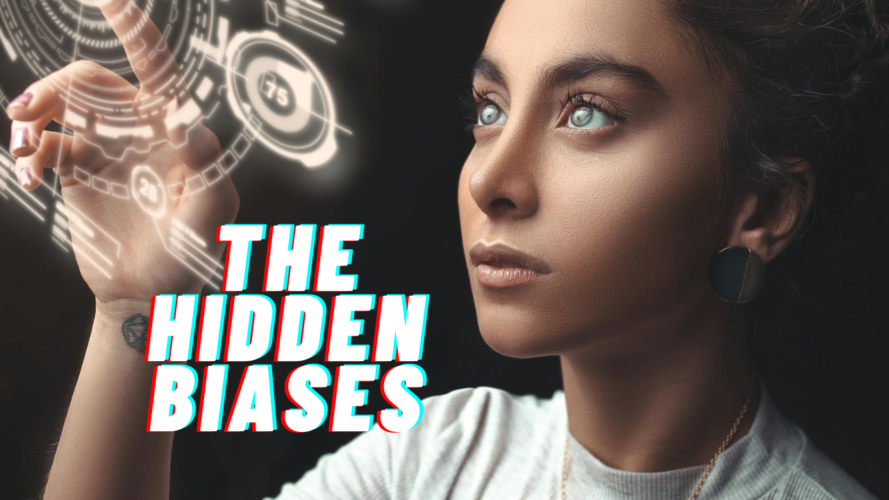



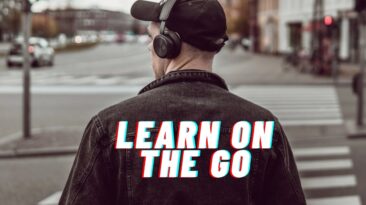
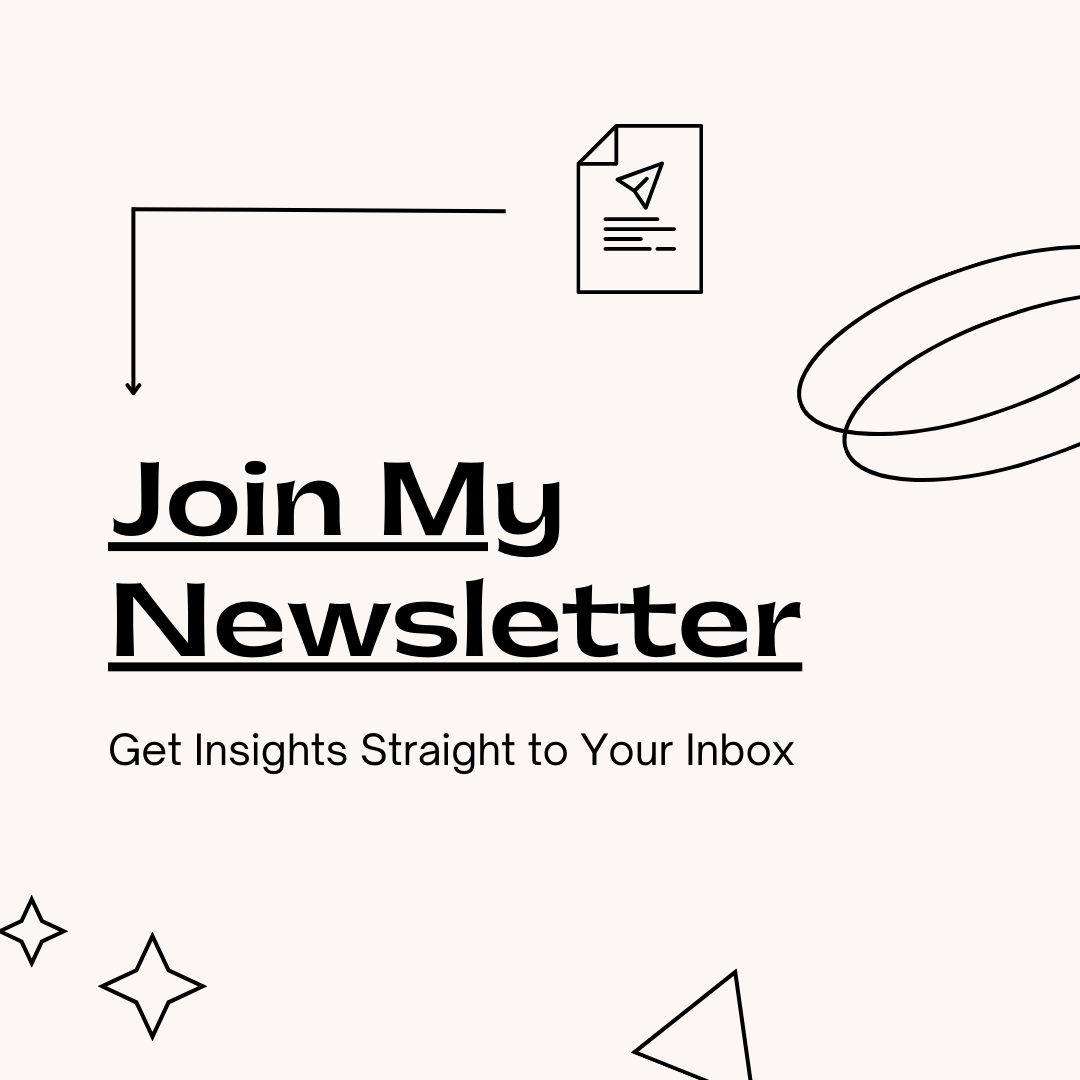
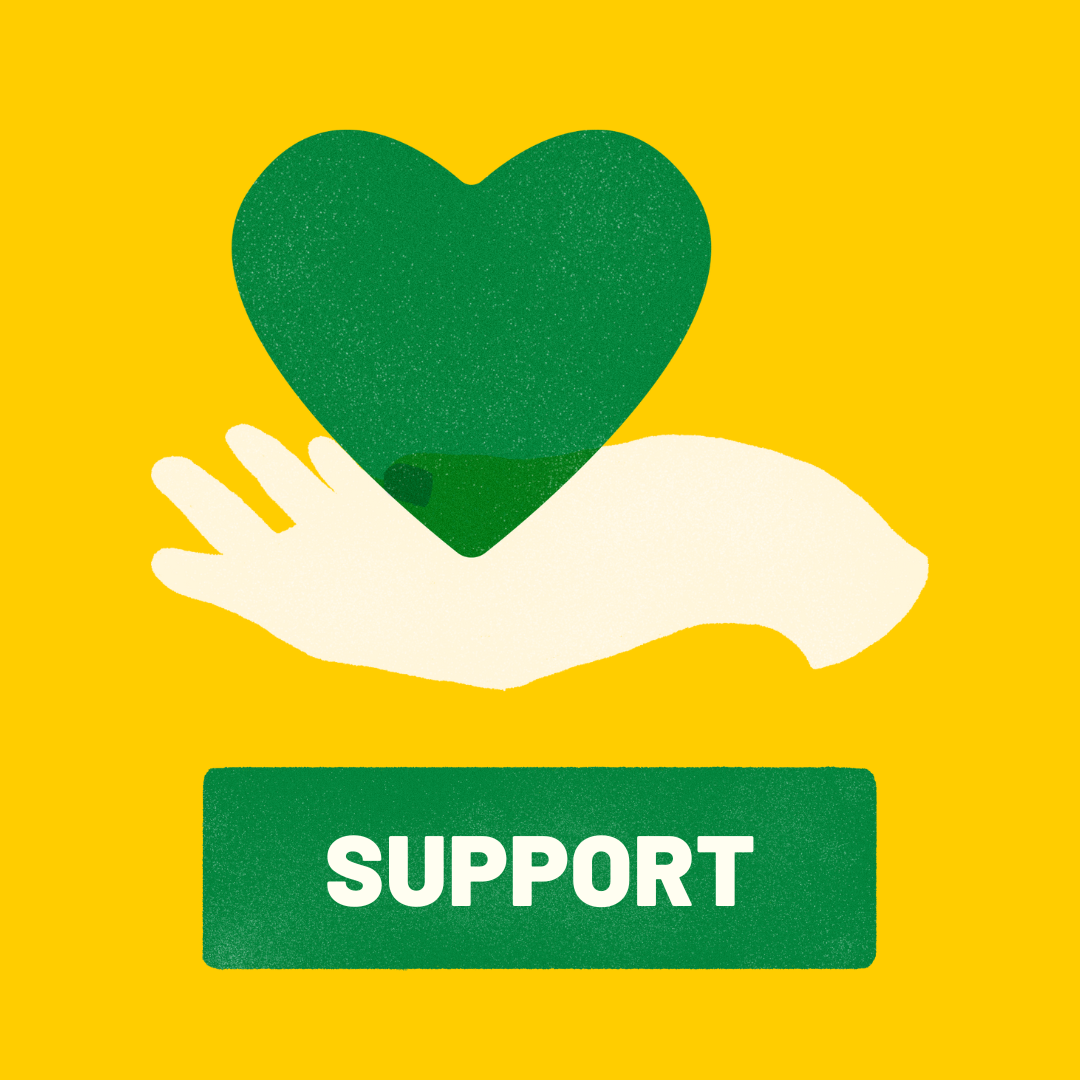






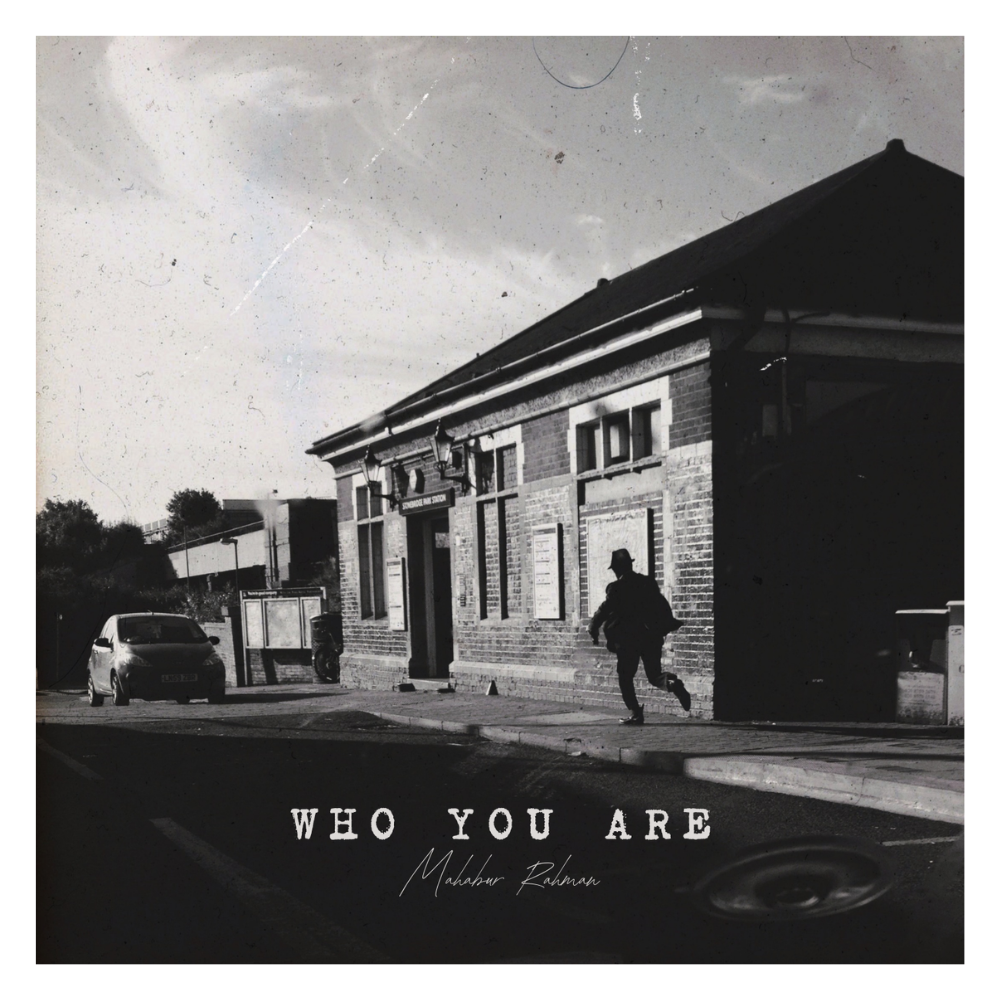


Add comment